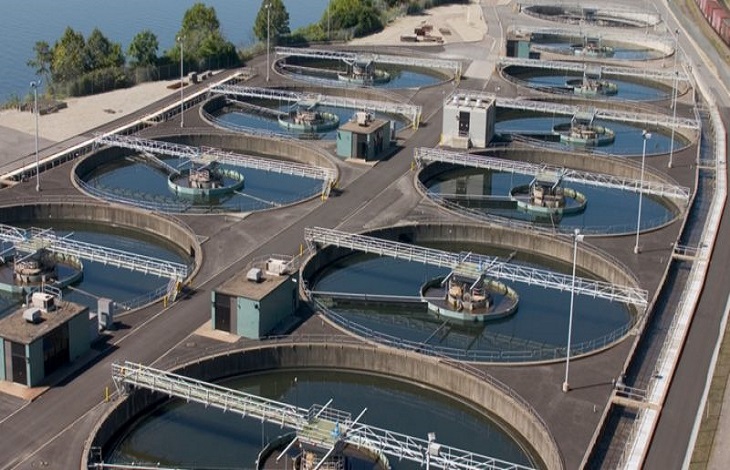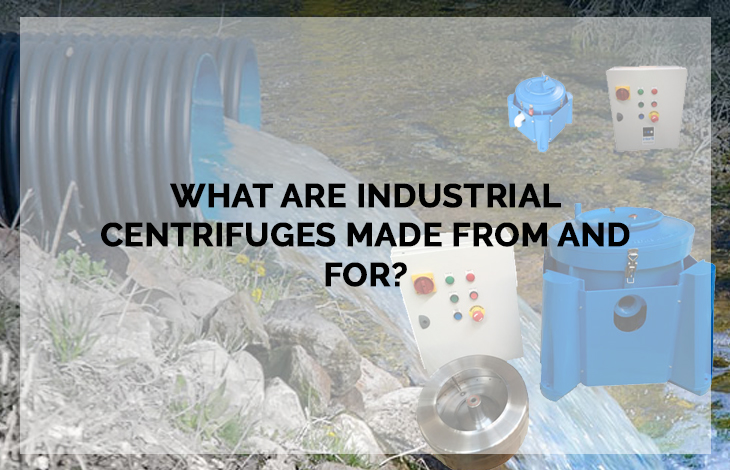Wastewater is impure water generated from rainwater runoff and human activities. It’s often categorized according to how it’s generated. Residences and commercial centres generate domestic wastewater. On the other hand, manufacturing, chemical and processing industries produce industrial wastewater. Finally, stormwater is rainwater runoff that has picked up debris, grit and chemicals across urban areas and agricultural land.
Wastewater treatment/ sewage treatment is the process of removing waste products and other impurities from water before disposal into aquifers or natural water bodies. It’s a complex process that combines processes of wastewater filtration, separation and disposal.
There are different types of impurities found in wastewater. These include pathogenic organisms, plant nutrients, oxygen demanding wastes, inorganic chemicals, sediments, micro plastics, oil and radioactive substances. Heat transferred into water after cooling is also a pollutant owing to its effect on aquatic life and dissolved oxygen.
Wastewater Collection Systems
Wastewater is initially collected before treatment and disposal. There are different types of wastewater collection systems.
- Combined system
This system carries a mixture of domestic sewage and storm sewage. It’s popular in old cities and towns and has various downsides. The system often overflows, contains untreated domestic sewage and causes water pollution problems.
To alleviate the problem, cities have incorporated diversion channels to redirect the sewage when the system is overwhelmed. The excess wastewater is kept in temporary storage units before treatment and disposal.
- Separate systems
Modern wastewater collection plants operate separate systems. The systems either carry domestic sewage or storm sewage. Separation of the wastewater allows efficient treatment and disposal. Moreover, issues of pollution and overflow are minimized.
- Alternative systems
Special circumstances may make it impossible to operate a combined or separate wastewater collection system. For example low population density or high water table.
Alternative wastewater collection systems include; pressure sewers, small-diameter gravity sewers, and vacuum sewers.
Wastewater Treatment
Some factors determine the size and capacity of wastewater treatment systems. These include; volume of the wastewater generated and the anticipated inflows and infiltration. The configuration varies from on-lot, clustered and centralized treatment plants.
In large cities and towns, water disposal is done into bodies of surface water. Smaller towns and rural areas use subsurface disposal. Regardless, purification and treatment is done before disposal.
The requirements for water treatment vary depending on government standards and the environmental conditions. Two standards are often used to provide specifications on the quality of the water fit for disposal. Stream standards are set to prevent the degradation of existing water quality in streams, rivers and lakes. The standards also provide limits for the amount of pollutants in the wastewater.
On the other hand, effluent standards regulate the quality of treated wastewater discharged from a sewage treatment facility. Some of the qualities analyzed include acidity, suspended solids, biochemical oxygen demand (BOD), and coliforms.
There are primarily three methods of wastewater treatment: primary, secondary and tertiary treatment.
- Primary treatment
60% of total suspended solids and 35% of BOD are removed at this stage. Treatment involves screening, grit removal, comminution and sedimentation.
- Secondary treatment
85% of suspended solids and BOD are removed at the secondary stage. Dissolved nitrates and phosphate levels are also reduced. Biological processes are primarily used to clear impurities. The three basic treatment methods used are: the activated sludge process, the trickling filter, and the oxidation pond.
- Tertiary treatment
Up to 99% of the waste water impurities are removed during tertiary treatment. The yield is almost the quality of drinking water. Nonetheless, the treatment is costly. Effluent polishing is one of the most common tertiary treatment options.
Aside from disposal, the final fate of treated wastewater may include reuse. Wastewater reuse reduces the burden of wastewater treatment and improves conservation.
Read Also:
Why We Trust Dieselcraft
Combating Contamination With Industrial Filtration




